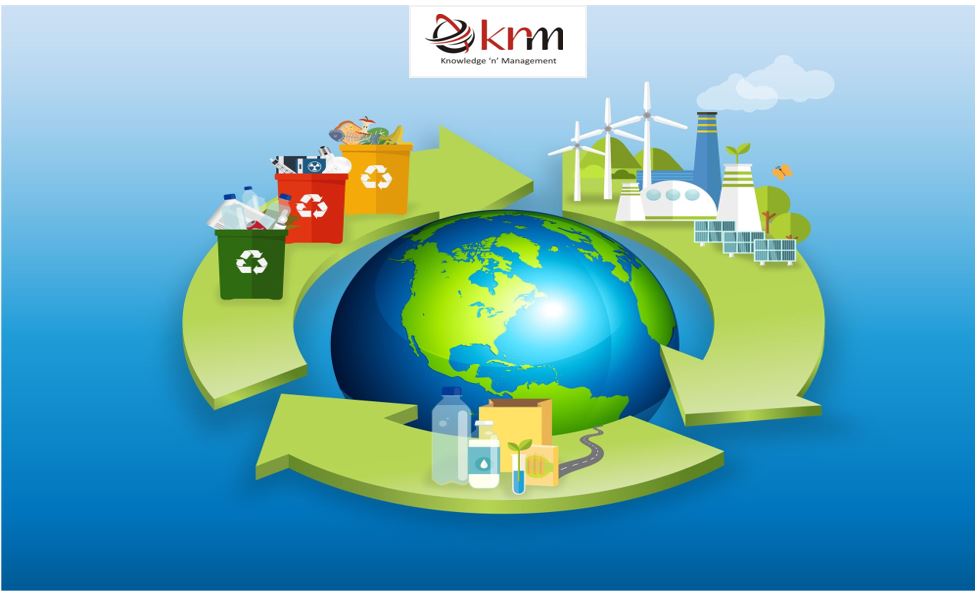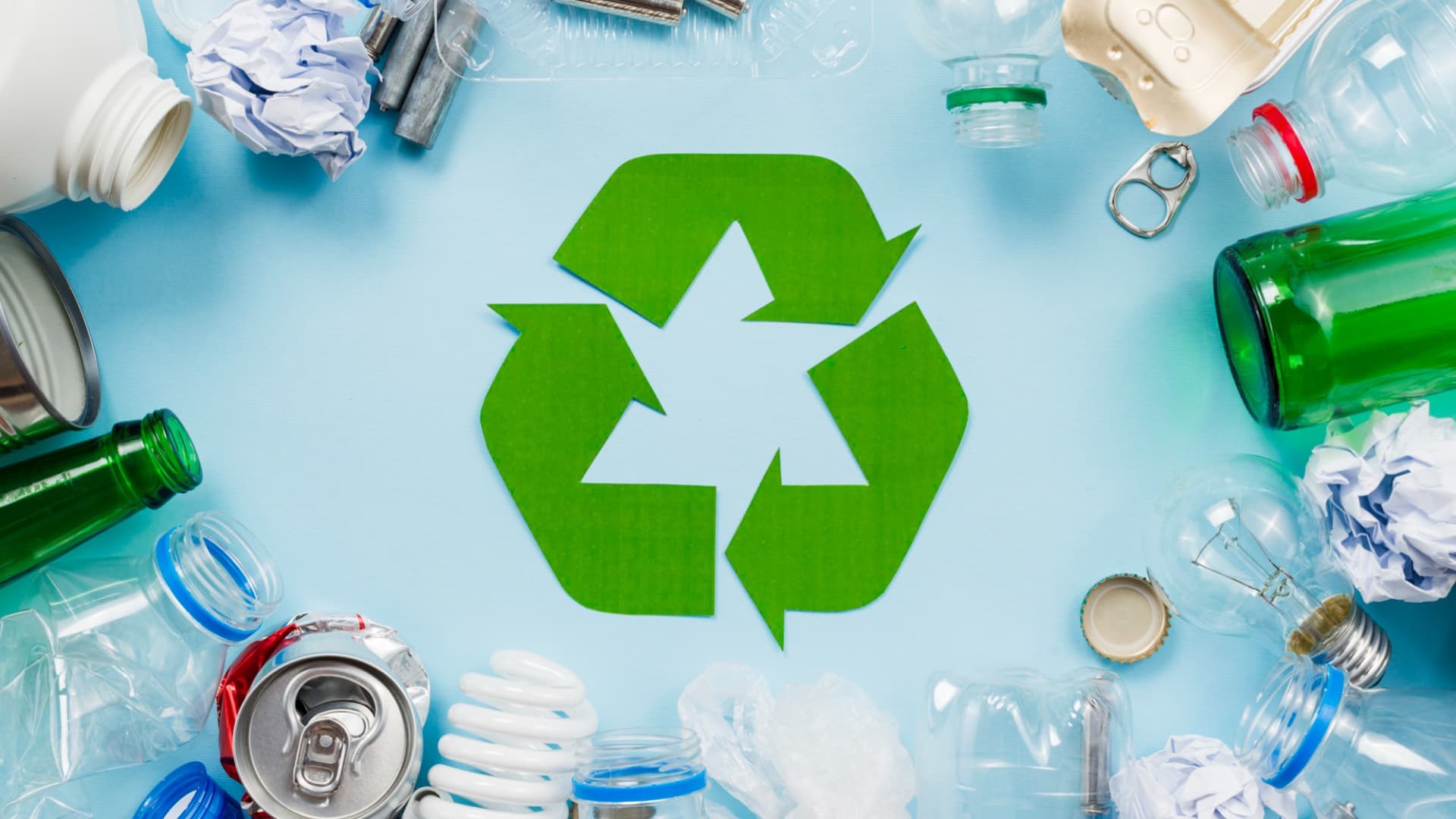Exploring Various Kinds Of Waste in Modern Waste Administration Equipment
The modern landscape of waste monitoring involves browsing a complicated selection of waste kinds, each requiring specialized handling and disposal methods to mitigate ecological effects. Municipal solid waste, hazardous waste, electronic waste, and natural waste each existing distinctive obstacles and opportunities for resource recuperation.
Local Solid Waste
Community strong waste, often referred to as house garbage or rubbish, incorporates a variety of discarded products generated by property, commercial, and institutional resources within a town. This waste stream commonly consists of products such as product packaging, food scraps, lawn trimmings, paper, plastics, textiles, and disposed of house products. The administration of metropolitan strong waste is a vital component of city planning and public health, necessitating efficient collection, transportation, and disposal systems.
Efficient waste monitoring systems are created to reduce environmental effect while making the most of source recovery. Composting organic waste, such as food scraps and backyard trimmings, not just decreases garbage dump use yet also generates useful dirt changes.
Municipalities must likewise resolve the economic and logistical difficulties connected with waste management. Carrying out pay-as-you-throw systems, enhancing public recognition, and buying modern technology can considerably improve waste diversion rates. By incorporating these techniques, districts can cultivate sustainable neighborhoods, reduce greenhouse gas exhausts, and preserve natural deposits.
Hazardous Waste

Effective unsafe waste management involves a number of critical actions: recognition, partition, disposal, and treatment. Recognition entails the category of waste based upon its hazardous residential or commercial properties. Partition makes certain that dangerous products are stored independently from non-hazardous waste to avoid cross-contamination. Treatment techniques, such as chemical neutralization, incineration, and stablizing, are utilized to decrease the poisoning, quantity, or mobility of the waste. Disposal options, including safe garbage dumps and underground storage space, are chosen to ensure lasting control.
Regulatory frameworks, such as the Resource Conservation and Healing Act (RCRA) in the USA, supply standards and standards for unsafe waste administration. Adherence to these regulations, paired with improvements in waste treatment modern technologies, is vital in alleviating the dangers related to harmful waste.
Digital Waste
Digital waste, commonly referred to as e-waste, represents a swiftly expanding obstacle in waste monitoring systems worldwide. This sort of waste encompasses disposed of digital tools and devices such as smartphones, computer systems, televisions, and other digital appliances. The rapid pace of technological advancement, combined with decreasing product lifespans and consumer demand for the most up to date tools, has significantly raised the quantity of e-waste created annually.
E-waste is particularly bothersome because of its complicated structure, frequently containing unsafe materials like lead, cadmium, and mercury, which position significant ecological and health threats otherwise properly handled. On the other hand, e-waste additionally includes useful materials such as silver, copper, and gold, which can be recouped and reused. The double nature of e-waste-- both important and unsafe-- requires specialized handling, reusing, and disposal procedures.
Effective e-waste administration involves stringent governing frameworks, durable collection systems, and progressed recycling modern technologies. Public awareness and involvement are critical, as inappropriate disposal techniques, such as illegal disposing and casual recycling, intensify environmental contamination and health dangers. Consequently, enhancing e-waste monitoring practices is vital for mitigating eco-friendly effect and recovering valuable sources in an increasingly electronic globe.

Organic Waste
Organic waste, consisting of kitchen scraps, backyard trimmings, and farming residues, stands for a considerable part of the global waste stream. This type of waste is eco-friendly, meaning it can be damaged down by microorganisms into easier organic substances. Regardless of its possibility for natural decay, incorrect monitoring of organic waste can result in negative environmental influences, including the exhaust of greenhouse gases such as methane, which add to climate adjustment.
Reliable management of organic waste is Clicking Here critical for lessening these environmental effects (recycling lives services). Composting is a commonly embraced approach, changing natural waste into nutrient-rich garden compost that can boost soil wellness and agricultural performance. Furthermore, anaerobic digestion is an arising technology that transforms organic waste right into biogas, a renewable resource resource, and digestate, which can be utilized as fertilizer
Municipalities and waste management entities should execute durable natural waste collection and treatment programs to optimize the advantages of these procedures. Public education projects can likewise play a critical duty in encouraging families and organizations to separate natural waste from other kinds of waste. By prioritizing the monitoring of natural waste, societies can lower garbage dump usage, reduced greenhouse gas discharges, and look at this now develop useful results for agricultural use.

Innovative Waste Administration
In the world of waste management, cutting-edge methods are transforming just how societies handle their refuse, aiming for sustainability and efficiency. These innovations incorporate a series of innovations and methods that enhance reusing rates, minimize land fill dependency, and reduced environmental influence. One noticeable innovation is the execution of clever waste containers geared up with sensors that keep track of fill degrees and maximize collection routes. This not just decreases fuel usage yet additionally lessens greenhouse gas emissions.
An additional remarkable growth is the adoption of waste-to-energy (WtE) technologies. By converting non-recyclable waste into usable power via processes such as incineration and anaerobic digestion, WtE reduces garbage dump worry and provides a renewable power source. Developments in chemical reusing enable for the failure of intricate plastics into their original monomers, allowing the creation of new, top notch plastic items.
In addition, the circular economy version is obtaining grip, emphasizing the style of products and systems that focus on reusability and source efficiency. This all natural strategy motivates markets to minimize waste generation from the outset. Via these innovative methods, contemporary waste monitoring systems are not just attending to the immediate challenges of waste disposal but also leading the way for a more lasting future.
Final Thought
A comprehensive understanding of metropolitan solid waste, dangerous waste, digital waste, and organic waste, combined with the implementation of ingenious waste monitoring remedies, is critical for minimizing ecological impacts. Incorporating technologies such as clever waste bins and waste-to-energy systems can improve effectiveness and sustainability. Effective waste monitoring approaches not only foster source recovery but also promote public understanding and participation, ultimately adding to the advancement of a circular economic climate.
The contemporary landscape of waste monitoring entails navigating a complex selection of waste kinds, each calling for specialized handling and disposal techniques to mitigate ecological effects. Local strong waste, dangerous waste, electronic waste, and natural waste each existing distinctive difficulties and opportunities for source recuperation.Digital waste, commonly referred to as e-waste, represents go right here a quickly expanding difficulty in waste management systems globally. Through these ingenious methods, contemporary waste monitoring systems are not just addressing the prompt difficulties of waste disposal however also paving the way for a much more lasting future.
A comprehensive understanding of community strong waste, unsafe waste, digital waste, and natural waste, combined with the implementation of ingenious waste management solutions, is essential for mitigating environmental effects. (recycling lives services)